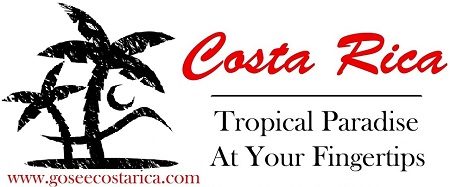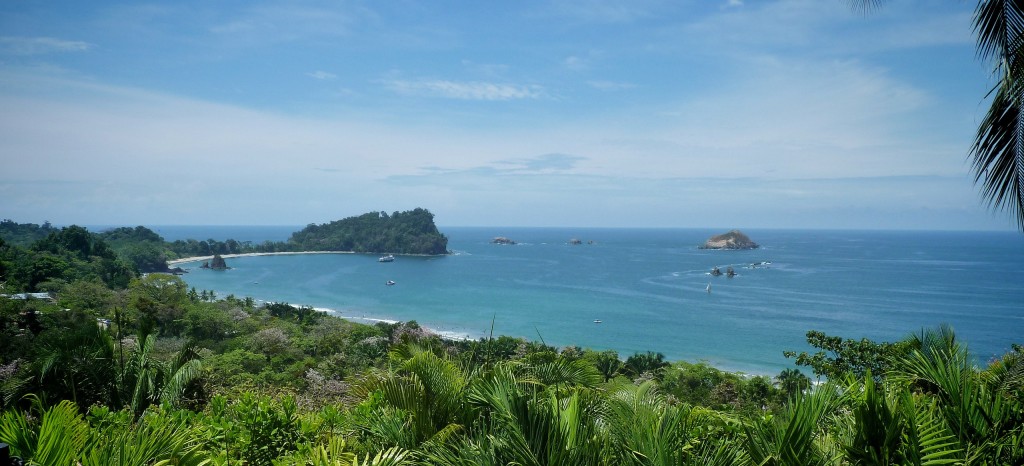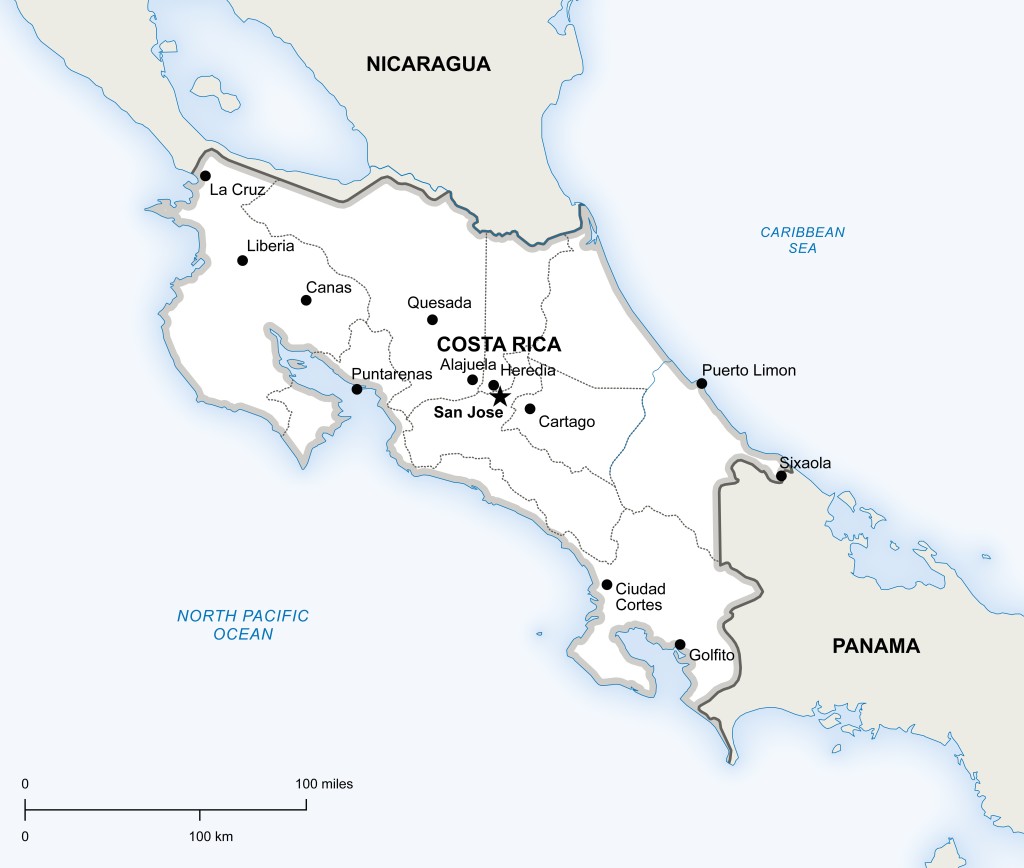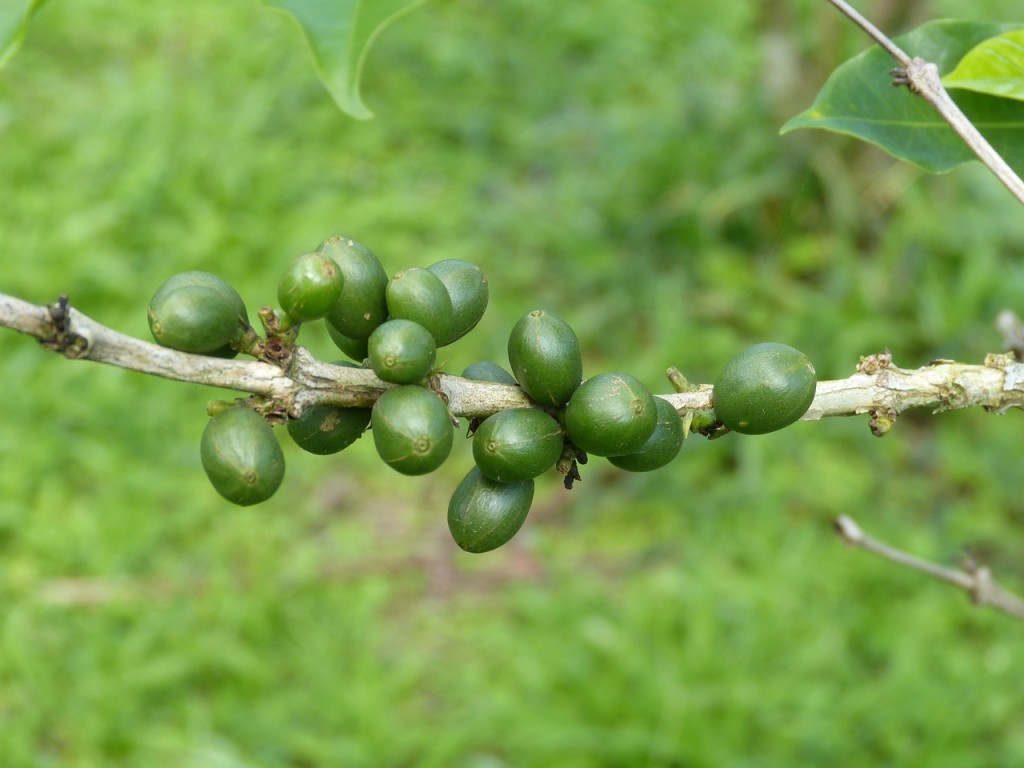History
The History of Costa Rica
I’d like to start this section off by saying that not everyone knows where Costa Rica is located. I can’t tell you how many times when I visited my parents in the States and told people where I was living that some people had absolutely no idea where this tropical country was located, even though it’s three hours away from Miami. If you’re one of those people who’s not exactly sure where Costa Rica is located or want to find out more about this country, then please keep reading. By the time you finish this section you’ll have a better understanding of the culture and history from the time the country was discovered to the present day. Let’s get started!
Costa Rica is located in Central America - directly above Panama and right below Nicaragua. The Caribbean Sea is on the eastern part, while the Pacific Ocean rests on the western shores. When you visit Costa Rica, be sure to check out the best beaches from both coasts.
Let’s talk first about the discovery of Costa Rica. On his fourth voyage and last trip to the Americas, Christopher Columbus put his anchor down in the Caribbean coast on September 18, 1502. Shortly after arriving in what is present-day Costa Rica, the Spanish conquered the indigenous people located there, and the country was incorporated into the Captaincy General of Guatemala. What exactly was the Captaincy General of Guatemala? It was an administrative division of the Spanish Empire at that time in Central America, and it consisted of Nicaragua, Honduras, El Salvador, Guatemala, the Mexican state of Chiapas and, of course, Costa Rica. The natives at that time consisted of around 20,000, but as time went on, that number slowly decreased due to disease and being forced to work as slaves. The country wasn’t considered to be a province of Spain until the 1560s. Costa Rica still wasn’t developed a lot during the colonization period. It was also considered to be very poor, due to the fact that it was isolated from the rest of the Spanish Empire. Many of the Spanish colonizers considered Costa Rica to be much less organized than other indigenous groups. One reason this was so was because the indigenous groups in Costa Rica lived in separate groups, instead of living together in one big group.
Nearly 200 years after colonization began, Costa Rica was still considered to be “the poorest and most miserable Spanish colony in all America”, according to a Spanish governor in 1719. Under Spanish law, Costa Rica couldn’t trade with its bordering country Panama. Since it lacked valuable resources such as gold and silver, Costa Rica remained a barely inhabited poor isolated region within the Spanish Empire. Due to the small native work force, Spanish settlers were forced to labor themselves, which made it almost impossible to establish and create large haciendas. The word hacienda means “estate”; many of them at that time were factories, plantations and also mines. Considering all of those reasons, the Spanish left this gorgeous country to develop on its own and didn’t think much of it, as it was unappreciated by most of the settlers.
How did Costa Rica eventually break away and become independent from Spain? Skipping forward to the early 19th century, there were numerous uprisings and insurgencies within the Spanish America, due to the fact that Napoleon now occupied Spain. Lots of the fighting was done by people who wanted independence in central Mexico from 1810 to 1821. When the governor of the capital city was overthrown in 1821, the news spread like wildfire, and all territories of the Spanish Americas (New Spain) were notified of what had occurred. It was at that point that Costa Rica joined the rest of the Central American countries in a communal declaration of independence from Spain. This became official through the Act of Independence in 1821.
After all this had occurred, people wanted the New Spain parliament to initiate a commonwealth that would also have the King of Spain, who at that time was Ferdinand VII, to be its emperor. Both countries, Spain and Costa Rica, would be governed by different laws and also have their own legislative offices. If the king were to deny the emperor position, there was a law that stated that a member of the House of Bourbon would then rule the New Spain. The king didn’t acknowledge the independence and clearly stated that Spain would prohibit another European prince to rule New Spain.
In 1838, Costa Ricans had more problems that needed solutions. Trade routes to the European market were needed in order to sell their coffee. An additional problem was that the areas most commonly used to grow coffee were located in the Central Valley, which meant that coffee growers had to go the nearest port in Puntarenas, located on the Caribbean coast – about a three-hour trip by car today. Later a regular trade route was eventually established.
In 1856, a man by the name of William Walker invaded Central America. Shortly after arriving in Nicaragua, he overthrew the government there and officially announced himself President. He also re-instated slavery. That wasn’t enough for him, as he sought to conquer more nations in Central America, including Costa Rica. When he entered Costa Rican territory, Costa Rica declared war. The Army of Costa Rica defeated the filibusters and eventually forced them out of the country back to Rivas, Nicaragua, a town located 20 minutes away from the border of Costa Rica. At that point, Walker’s men were taking fire from a hostel, but the Costa Rican army couldn’t drive them out. A general suggested that one of the troops should torch the hostel. Some of them tried, but no one succeeded until Juan Santamaria, a drummer boy, volunteered to do it. He only required that if he died in the attempt that someone would care for his mother.. He eventually succeeded and set the hostel on fire, winning the war for Costa Rica. Unfortunately, he was mortally wounded by enemy fire and passed away, only to be remembered as a national hero of Costa Rica.
Over the years many people have considered Costa Rica to be a country of peace. This started with the elections in 1869. There have only been two documented occurrences of violence in the country’s democratic development, Federico Tinoco Granados – who ruled as a dictator (1917 – 1919) and José Figueres Ferrer – who led a rebellion due to a clash in a presidential election (1948). 1948 saw the bloodiest event to date in Costa Rica history, the Costa Rican Civil War. This event lasted for roughly 44 days (starting from March 12th to April 24th 1948). It is believed that roughly 2,000 people lost their lives during this sad episode in the history of the nation. The war started by the vote of the Costa Rican legislature, nullifying the presidential elections results and accusing Otilio Ulate, the opposition candidate, of achieving his victory by fraud. In the following year, 1949, José Figueres Ferrer officially got rid of the Costa Rican army, and to this day the country operates under a democratic system without a military. In 1953, Figueres won the first election under the new constitution and was considered a national hero.
Costa Rica has always relied on exporting bananas and coffee, but in 1978 coffee prices plummeted, which severely affected the compensation for items that were being exported. The president at that time, Rodrigo Carazo, borrowed money internationally, due to the fact that the price of oil was increasing. This put the country even more in debt.
Today, Costa Rica relies greatly on eco-tourism and technology, as well as still exporting coffee and bananas. Tourism has been growing in recent years, and many locals hope that the money brought in from tourism will help contribute to the nation’s GDP (Gross Domestic Product). There are numerous technology-based firms in Costa Rica as well. Microsoft, Motorola and Intel are just a few of the high-tech giants located here. Since Costa Rica was once a vast agricultural country, coffee and bananas still continue to be a big key contributor to this beautiful country’s exports.



